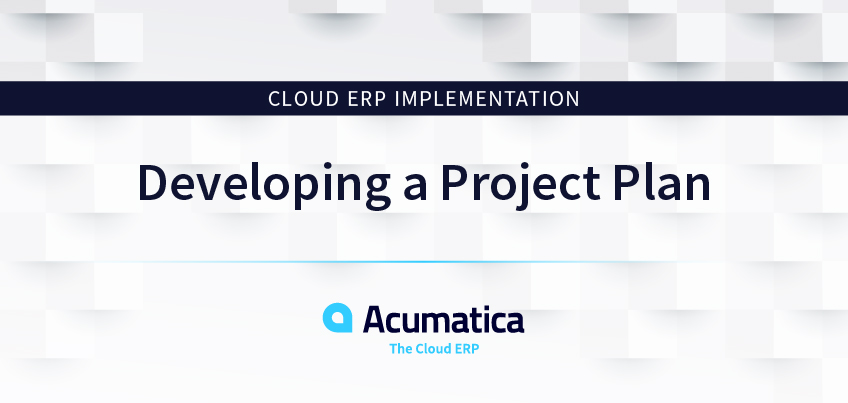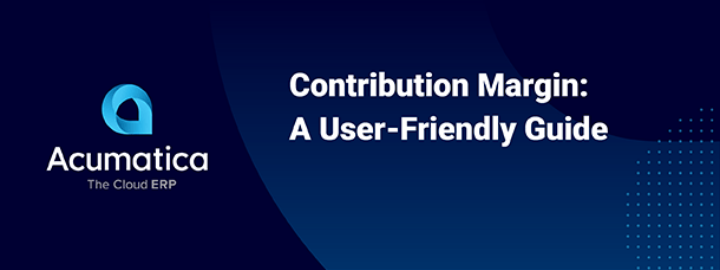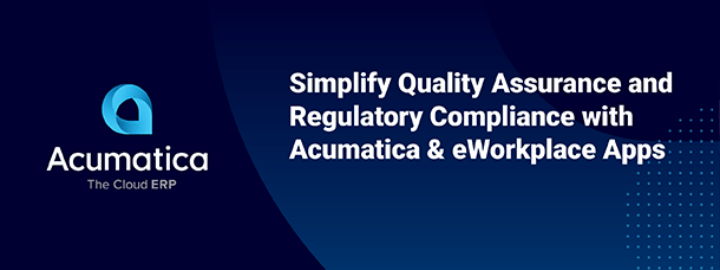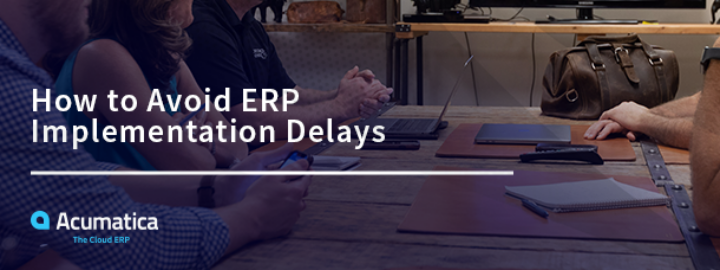What is step four in Acumatica’s eight steps to cloud ERP implementation success and why is it not the first step? Two questions answered today.

When undertaking a huge project, such as a cloud ERP implementation, you might consider developing a Project Plan first. Developing a Project Plan is step four in Acumatica’s eight steps to cloud ERP implementation success, and there are several steps before them.
Here are the steps we’ve discussed so far in our cloud ERP implementation series:
Pre-step A: Get leadership and IT buy-in
Pre-step B: Make your ERP selection
Step 1: Choose your deployment option
Step 2: Assemble your implementation team
Step 3: Define your requirements
Step 4 is where you begin the process of planning how to meet the requirements you’ve defined, both on schedule and on budget.
Step 4: Developing a Project Plan
Developing a Project Plan is not a task you should (or can) do on your own. Your implementation team members should be involved in the process and so should employees within the organization. Your employees’ understanding of their roles in the organization provides valuable insight. Additionally, getting organizational buy-in will ensure their support for the implementation from beginning to end.
With your team on board, it’s time to start developing your plan. The plan includes outlining assumptions, projected costs, project milestones, and tangible goals. You will identify potential risks and develop a plan to mitigate the risks. Additionally, you might need to consider third-party/customized applications, whether you integrate with them right away or in the future. Make sure to include the function these applications will provide.
As an Acumatica customer, you and your team will never be required to carry the burden of creating a Project Plan on your own. Your Acumatica partner is an expert in ERP implementations, providing everything you’ll need to make it through the process successfully. They will be with you through the aforementioned steps as well as help you with the following responsibilities:
- Discovery and Planning: Your Acumatica partner will work with your team to document your needs and plan the adoption process
- Analysis and Design: Your partner will analyze your needs and design a system configuration—the design will include any system customizations or additional components needed for the project
- Build: The elements of the new system are put in place and tested
- Stabilize: The system is stabilized to ensure end-to-end connectivity of all components
- Deploy and Go Live: Your Acumatica system is activated in production
- Post Go-Live: Your Acumatica partner will ensure there are no problems after going live and will resolve any outstanding issues that might arise
- Continuous Improvement: Your Acumatica solution will be under constant evaluation to ensure your business is fully leveraging it, to increase efficiencies and get the most out of the system.
Additional items you will want to consider:
- Make sure key personnel and systems within the organization will be available at critical times for design, training and testing
- Schedule enough time for testing and rework
- Be sure to include training in your Project Plan for all users of your new Acumatica system
- Establish a process for change requests and trouble escalation procedures
When you and your team follow these Project Plan guidelines, you’ll quickly be able to move on to the next cloud ERP implementation steps, but there are a few things to keep in mind.
Avoid scope creep
While developing your Project Plan, there are a couple of potential pitfalls you’ll need to be watching for: scope creep and security concerns.
Scope creep is when you expand your requirements during the system adoption process. Changes can impact the project timeline and budget and must be communicated to your team and approved by management before putting them into the Project Plan.
In addition to scope creep, security must be considered within the Project Plan. Security is a crucial part of any system that houses financial data and helps manage your finances.
Acumatica’s cloud-based ERP solution offers many levels of security to ensure your data is safe from external and internal threats. For example, different people in your company require different levels of access. With the help of your Acumatica partner, you will define user roles and access rights, including defining Segregation of Duties, Sarbanes-Oxley requirements, and other legal and regulatory responsibilities.
Experience a smooth cloud ERP implementation with Acumatica
Thousands of Acumatica customers have successfully completed the step-by-step cloud ERP implementation process. Lifeway Mobility is one of them. With help from Acumatica partner CAL Business Solutions, they enjoyed a quick, professional implementation.
Bryan Mullen, SVP Shared Services, says in the company’s customer success story, “Having run large operations, and as CIO at a Fortune 50 company in the past, I’ve implemented a tremendous amount of technology over the years. None of them have been as smooth as Acumatica.”
If you would like to experience the same smooth ERP implementation, then contact our team today. We’ll be happy to answer any questions you may have about Acumatica’s cloud ERP software and to schedule a demonstration. Stay tuned for my next article regarding step five in Acumatica’s eight steps to cloud ERP implementation success.














